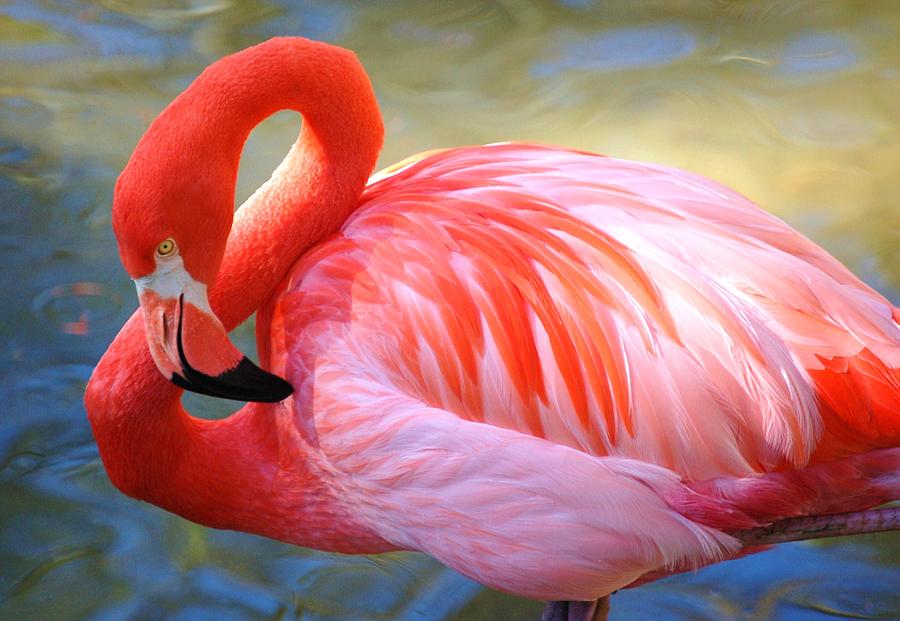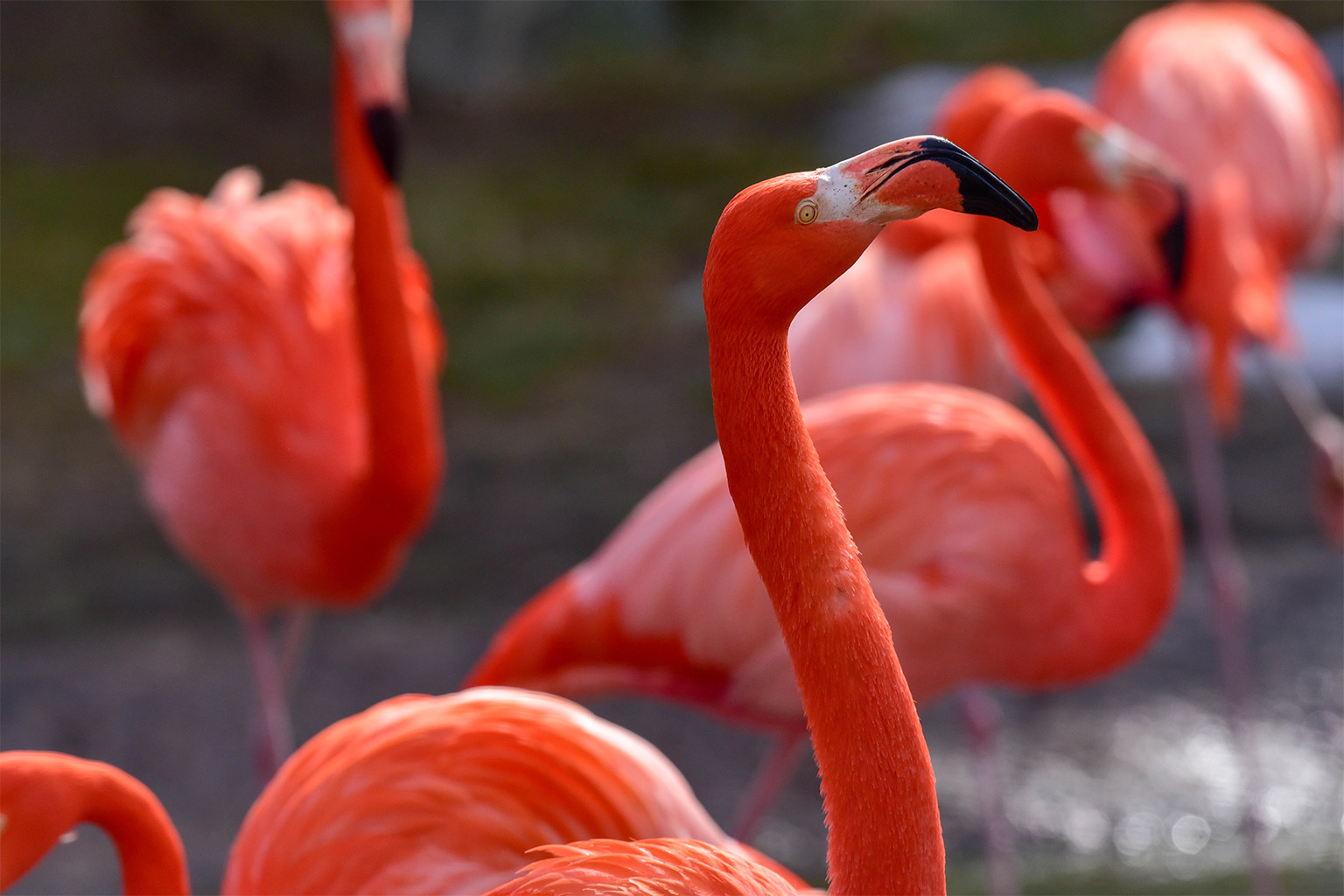

Safari in Kenya, street scenes in Greek islands, snow covered Canadian Rockies, colorful Costa Rican toucan, and backwaters of Kerala are some such memories. He recreated his travel memories with acrylic on canvas using bright colors and sharp contrasts. With the book on the subject of cancer written, he turned his life's interest to brighter things ~ travels and painting. His book is available as eBook / printed book on Kindle/ Amazon.

Nat is a cancer survivor, and he has authored a fictional story, "The Panacea Strangle" based on his concerns as to why there has been no good cure for cancer yet. Nat Natarajan is an artist and an author.
#Caribbean flamingo pictures install#
It is built with a patented solid support face for indoor use, and hard sealed, closed backing that comes with hanging hardware for an effortless install of the canvas. In this limited edition print, image details are reproduced with outstanding clarity on a finely textured artist-grade cotton substrate - a natural white, matte, ultra smooth, 100% cotton canvas with 400 gsm standard. I tried to capture in this painting the bright colors of the bird that seemed to be standing on one leg in the turquoise backdrop of the shallow waterway. Lesser, James' and Andean flamingos are more specialised in straining algae whereas Greater, Caribbean and Chilean flamingos are more adept at straining larger organisms such as crustaceans, larvae, molluscs and small fish.On a recent stay in Aruba, my son took a picture of this Caribbean Flamingo. It’s a complex and highly adapted filtering system that can also be observed in some waterfowl such as Mallards. This upside-down stance allows flamingos to accurately scoop water in their high capacity upper bills and pump the water through hair-like lamellae which effectively strain even very small creatures like algae and diatoms. Their lower bill is actually much stronger than their upper bill and can move independently, enabling the flamingo to rapidly pump water through its internal filtering system. This beautiful book showcases the beauty of flamingos, from incredible close-up detail, to panoramic images that show the scale of the colonies against the wild backdrop of Ra Lagartos river delta on the Yucatn Peninsula. Their bill is adapted for this too and has quite a pronounced downwards curve. Flamingo is the first photo book to exclusively cover these fascinating birds. Prior to feeding, flamingos often stomp their feet on the lake or lagoon bed to stir up mud and sediment, releasing algae and other foods in the process.įlamingos are known as filter feeders and feed with their heads upside down, facing backwards towards their bodies. Read on to discover more about the feeding habits of this quirky bird! Interestingly, their pink hues have come to affect them in other ways, too, as healthy mates are often selected based on how dark pink their plumage is, thus indicating that they have a particularly rich diet. Whilst all species of flamingos have similar diets, the quantities and type of algae they consume have a bearing on how pink they are. Once metabolised, these carotenoids dye flamingos pink.

#Caribbean flamingo pictures full#
Algae is full of carotenoids - naturally occurring nutrients and pigments that are also found in colourful vegetables like carrots, peppers and tomatoes. Their diet consists mainly of algae and shrimp, and other shellfish that also consume algae. These tall wading birds have an interesting diet to match their other funky characteristics, so what do flamingos eat?įlamingos are not born pink but instead turn pink throughout their lives due to their algae-rich diet. Flamingos are actually the only bird left in their order Phoenicopteriformes - the rest are extinct. Flamingos are for sure one of the most bizarre-looking birds around, famed for their pink dyed plumage, long legs and unusual collective mating displays.


 0 kommentar(er)
0 kommentar(er)
